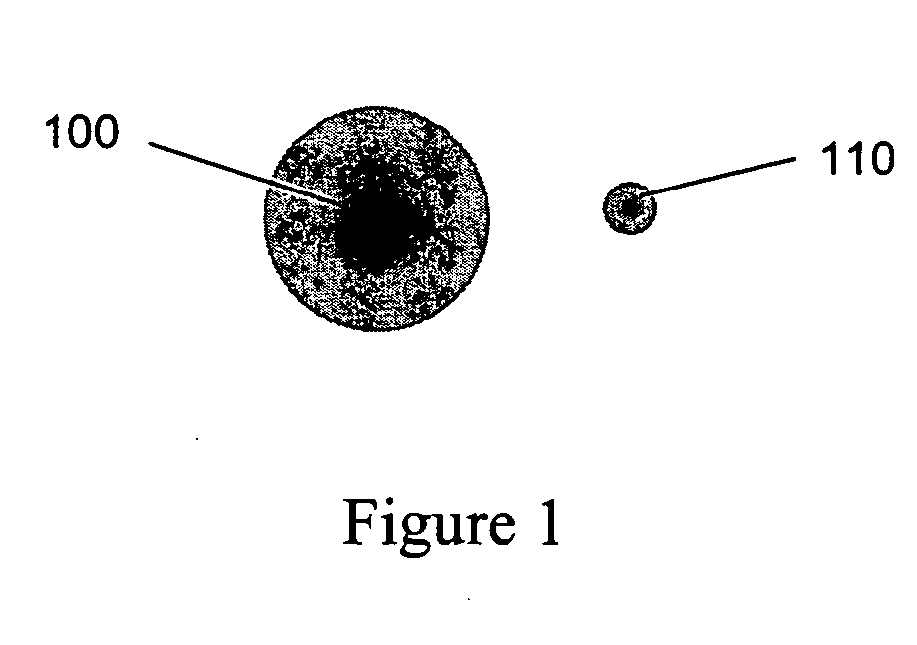Integrated optical mode shape transformer and method of fabrication
a technology of optical mode and shape transformer, which is applied in the field of integrated optical mode shape transformer and fabrication method, can solve the problems of not being able to achieve the effect of lithographic process, not being able to achieve mode transformation to or from high index difference waveguide, and not being able to meet the requirements of etching techniques that are not well controlled and therefore difficult to manufactur
- Summary
- Abstract
- Description
- Claims
- Application Information
AI Technical Summary
Problems solved by technology
Method used
Image
Examples
Embodiment Construction
[0035] The following description will further help to explain the inventive features of the Optical Mode Shape Transformer.
[0036] The approach used in this invention is to separate the problem into two steps with definitive objectives. The first objective is to get optical power from the SM fiber onto the chip with the highest possible efficiency. Once high efficiency connectivity and optical power transmission is established onto the chip, power is then transferred into the HC waveguide via an on chip mode transformer.
[0037]FIG. 3 shows a perspective view of the mode shape transformer. The mode transformer has two waveguide layers, one contiguously on top of the other. The first layer (302), also called the bottom layer, is the core of the HC waveguide layer that makes up the rest of chip's optical circuit. This waveguide is often called the “bus”. The second layer (301), which is on top of the first, is usually a much thicker layer and in conduction with the first layer, is used...
PUM
 Login to View More
Login to View More Abstract
Description
Claims
Application Information
 Login to View More
Login to View More - R&D
- Intellectual Property
- Life Sciences
- Materials
- Tech Scout
- Unparalleled Data Quality
- Higher Quality Content
- 60% Fewer Hallucinations
Browse by: Latest US Patents, China's latest patents, Technical Efficacy Thesaurus, Application Domain, Technology Topic, Popular Technical Reports.
© 2025 PatSnap. All rights reserved.Legal|Privacy policy|Modern Slavery Act Transparency Statement|Sitemap|About US| Contact US: help@patsnap.com



